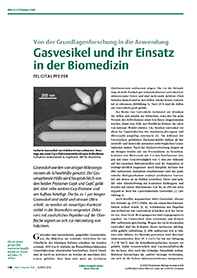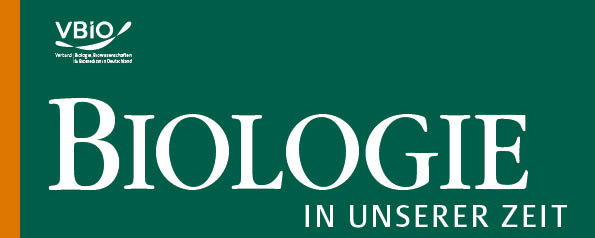Gas vesicles and their application in biomedicine
DOI:
https://doi.org/10.11576/biuz-6106Keywords:
Halobacterium, Microcystis, Gasvesikelaufbau, Kontrastmittel Ultraschall, Antigen-Display-SystemAbstract
Gas vesicles are gasflled, intracellular nanostructures produced by several microbes as fotation device in their watery environment. Gasvesiculate photosynthetic cyanobacteria, or the extremely halophilic archaeon Halobacterium salinarum, foat with gas vesicles towards the surface. The gas vesicle shell consists of two Gvp proteins only, but ten additional Gvp proteins are required to form these spindleor cylindershaped nanostructures. Gas vesicles scatter waves like light or ultrasound. They can easily isolated and applied as novel contrast agent for ultrasound imaging or used as acoustic biosensors. The properties of gas vesicles can be modulated by altering the surface protein GvpC. A fusion of GvpC with peptides of bacterial or viral pathogens results in decorated gas vesicles that are used as effective antigen display system for vaccination.

Downloads
Published
How to Cite
Issue
Section
License
Copyright (c) 2022 Felicitas Pfeifer

This work is licensed under a Creative Commons Attribution-ShareAlike 4.0 International License.

